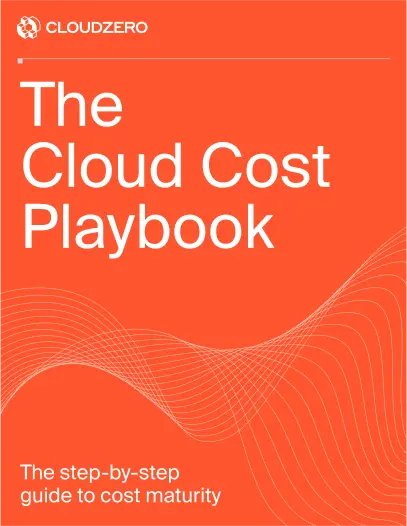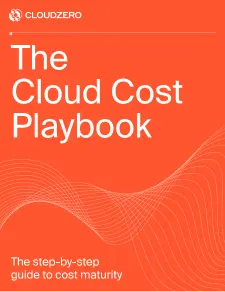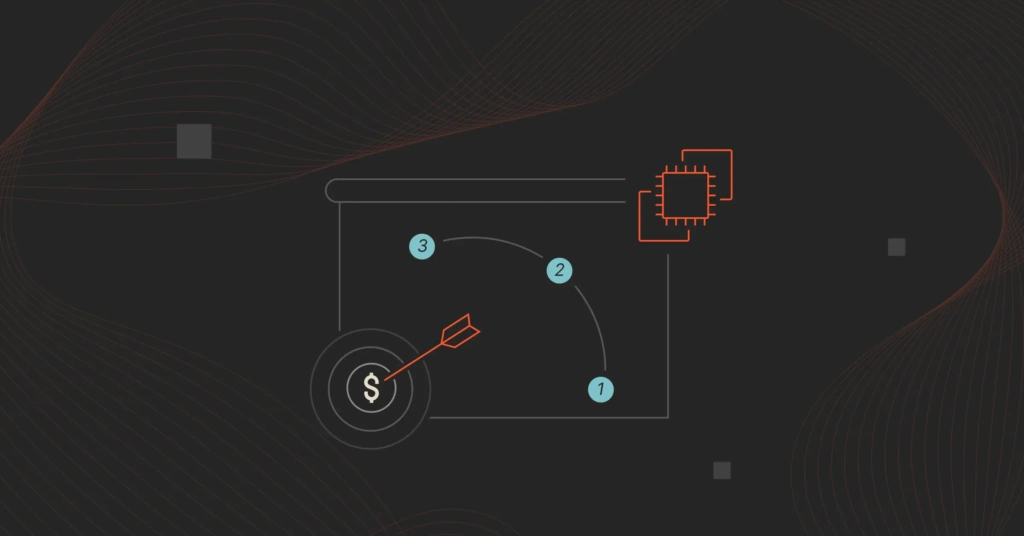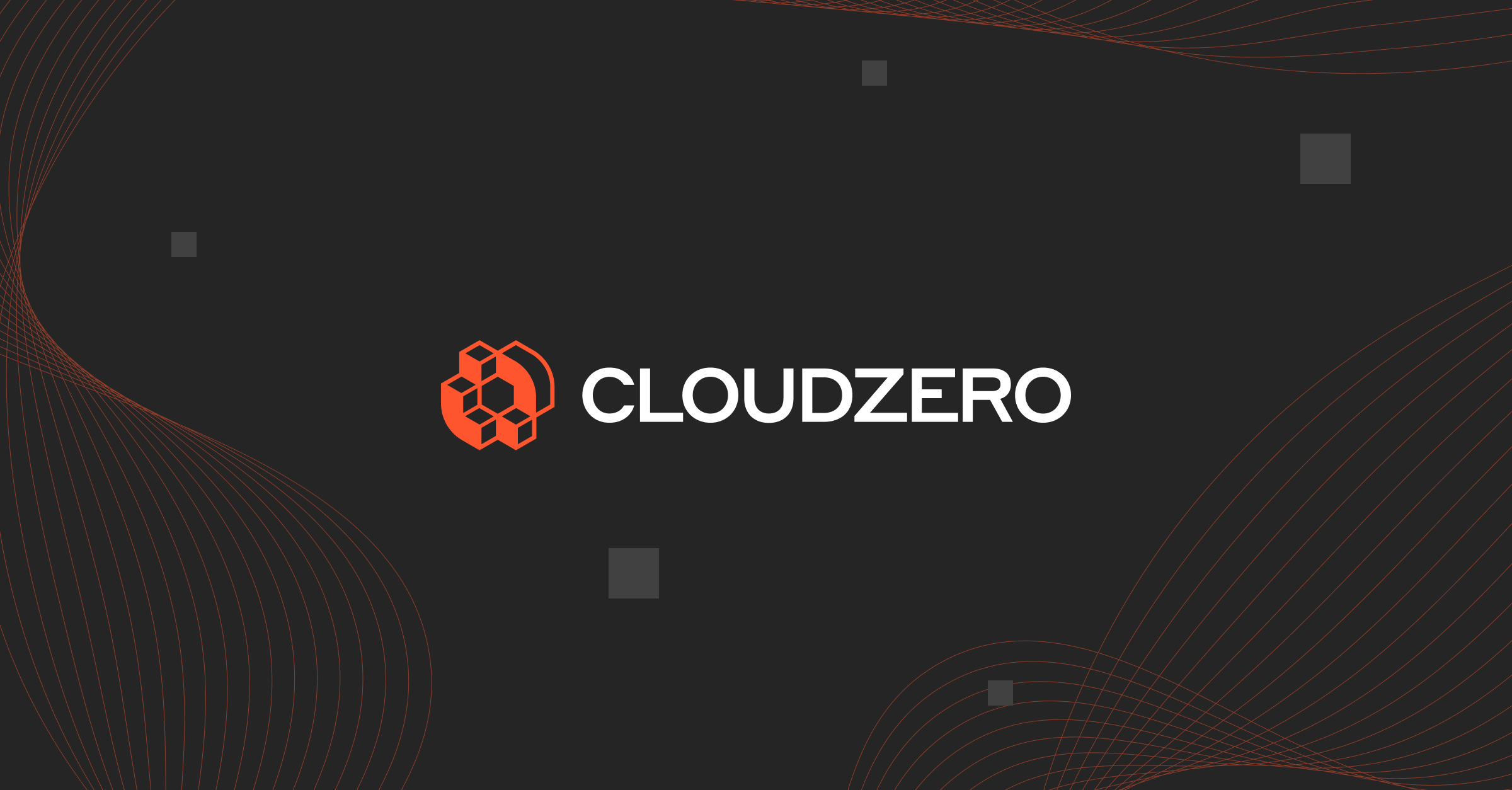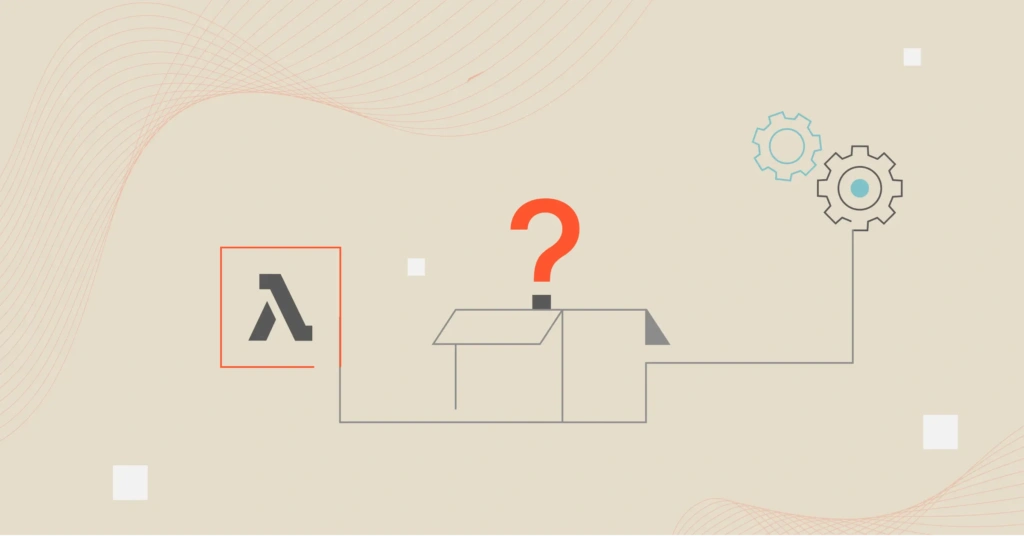A reliable notifications system can send highly scalable, multi-protocol messages — via email, SMS, or apps — all from one platform. For example, you can send timely cost anomaly alerts directly to your developers on Slack to alert them to potential overspending before it becomes a board meeting emergency.
So, what does this have to do with Amazon SNS pricing?
Let’s start at the beginning to better understand what you’re paying for when you get that AWS SNS bill.
What Is Amazon Simple Notification Service (SNS)?
Amazon Simple Notification Service (SNS) is a cloud-based messaging service provided by Amazon Web Services (AWS). It enables applications to send messages to various devices and platforms (application-to-application) and people (application-to-person) seamlessly.
The service operates on a publish/subscribe (Pub/Sub) model, where messages are published to specific topics, and subscribers can receive those messages based on their interests.
AWS SNS pricing covers:
- Message delivery: Reach users directly across different channels and delivery methods, including SMS, email, and mobile push notifications.
- Scalability: Handle large volumes of messages, including real-time notifications — great for alert systems or updates from distributed applications.
- App notifications: Send alerts about system events or updates to users, such as confirming a booking or notifying them about service changes.
- Decoupling microservices: Enable different parts of an application to communicate without being tightly coupled, promoting flexibility and maintainability.
- AWS integrations: Easily integrate with other AWS services like Amazon SQS and AWS Lambda, allowing for complex workflows and event-driven architectures.
You might be wondering where Amazon SQS fits into all of this.
Amazon SNS Vs. SQS
We can liken the difference between SNS and SQS to a radio broadcasting station and a postal service.
Amazon Simple Queue Service handles messages like a postal service — delivering them one by one to specific recipients. Each letter waits its turn to be picked up and read by a specific recipient. This setup works well for tasks like background processing, where the system must handle messages individually and in sequence.
Amazon SNS operates more like a radio broadcast, simultaneously sending messages to all tuned-in subscribers. So, a single message is delivered to multiple subscribers at once. This approach is suitable for use cases like sending alerts or notifications to a broad audience in real-time without needing individual connections.
Choosing between the two depends on whether your application needs direct, point-to-point communication (SQS) or broad, real-time notifications to multiple recipients (SNS). However, as noted earlier, you can integrate SNS with SQS where applicable.
The prices of both are also different. This post will focus on Amazon SNS pricing.
AWS SNS Pricing: How Is SNS Billing Calculated?
Like many AWS services, Amazon SNS provides a flexible pay-as-you-go model where you pay only for what you use monthly. There are no minimum fees or long-term commitments, so you can scale your messaging needs as needed.
Your Amazon SNS bill is calculated based on several factors. They include:
- Type of topic: Standard or FIFO (First-In-First-Out)
- The volume of messages published and delivered
- Message filtering
- Message archiving and replay
- Data transfer fees
- Message data protection
- Additional features
Here’s a quick breakdown of how each SNS pricing component affects your bill.
1. Pricing for Amazon SNS API Requests
For Standard topics, pricing is based on the number of monthly API requests, the volume of notification deliveries to various endpoints, and the endpoint type. Your region also affects pricing.
That said, SNS offers the first 1 million Standard topic API requests for free. After that, it starts at $0.50 per 1 million in the US East (Ohio) region.
- Each API request, including publish, publish batch, subscription owner operation, and topic owner operation, counts towards the total. Also, each 64 KB chunk of published data is billed as one request. For example, a 256 KB payload would count as four requests (256/64 = 4).
- After the first free 1,000, mobile push notifications cost $0.50 per 1 million, emails cost $2 per 100,000 (with the first 1,000 free), and HTTP/s ones are $0.60 per 1 million (the first 100,000 are free).
- Deliveries to Amazon SQS and AWS Lamba are free, and Kinesis Data Firehose charges $0.19 per 1 million notifications. However, each service’s standard pricing and data transfer charges apply, so check their respective price pages.
Pricing for FIFO topics is based on the number of messages published and subscribed to, with each message up to 256 KB counted as one. Your region also matters, with US East (Ohio) offering the cheapest rates.
Also note that:
- Number of published messages X number of subscriptions = total subscription messages. This total includes both filtered and successfully delivered messages.
- Publish and Publish Batch API Requests are priced at $0.30 per 1 million requests, plus $0.017 per GB of payload data.
- Subscription messages cost $0.01 per 1 million messages, with an additional $0.001 per GB of payload data.
- Topic Owner and Subscription Owner API Requests are charged at the same rate as standard API requests.
That’s not all.
2. Pricing for notification deliveries
As mentioned above, each delivery to endpoints (excluding SMS) is also charged per 64 KB chunk. For instance, a 256 KB notification would be billed as four deliveries.
3. Pricing for SMS messaging
SMS costs vary by destination country and can include telecom carrier fees. Users can send SMS messages marked as transactional or promotional. The first 100 SMS messages sent in the U.S. are free, after which a $0.0025 per message fee applies. Across the globe, costs average $0.0075 per message.
4. SNS data transfer fees
Data transfer into Amazon SNS is free, while data transfer out charges start at $0.09 per GB for the first 10 TB per month. The rate reduces gradually to $0.05 per GB for up to 150 TB per month. There are no charges for data transfers between SNS and Amazon EC2 within the same region.
5. Pricing for message filtering and archiving
Attribute-based message filtering is free. Pricing for payload-based message filtering is based on the amount of outbound data scanned. It is typically $0.09 per GB of scanned payload data.
Message archiving costs depend on storage duration and data size. They start at $0.10 per GB for archive processing of stored payload data while in-place storage costs $0.023 per GB-month.
6. Additional features and integrations
Using AWS Key Management Service (KMS) for encryption incurs additional charges, for example.
Message protection features, such as scanning for sensitive content, incur additional fees. It costs $0.19 per GB of audit reporting data generated and $0.08 per GB of payload data for scanning and protecting (unidentified or blocked) publish and delivery messages.
You’ll want to watch these key AWS SNS pricing factors to optimize your SNS bill.
You’ve probably noticed that calculating Amazon SNS costs manually can be overwhelming, particularly at scale.
With that in mind, let’s explore practical steps to optimize your SNS spending.
Amazon SNS Cost Saving Tips And Best Practices
Use the following strategies and best practices for optimizing Amazon’s Simple Notification Service (SNS).
Start with the Free Tier
You get a million API requests per month for free. You can use this to understand your SNS usage and budget and pay only for what you need.
Trim your messages
SNS charges are based on the number of 64 KB chunks, so keeping message sizes smaller can reduce costs. For example, compressing messages or using references to Amazon S3 payloads instead of sending large payloads directly can cut your costs.
Pick the right topic
Select between Standard and FIFO (First-In-First-Out) topics based on your needs. Standard topics are generally less expensive for high-throughput applications, while FIFO topics are useful for ordered message delivery but come with higher costs per request.
Filter your messages
Attribute-based message filtering is free and lets you send messages only to relevant subscribers, reducing unnecessary deliveries and associated costs. With this targeted approach, only interested parties receive notifications.
Adopt serverless architectures
Integrating SNS with AWS Lambda allows you to build serverless applications that minimize infrastructure costs. This lets you focus on improving features rather than managing hardware.
Optimize SMS messaging
If using SMS notifications, be aware of the different costs associated with various countries and types of messages (transactional vs. promotional). Sending SMS messages during off-peak hours may also reduce costs.
Keep this healthy habit
Regularly review and adjust your Amazon SNS policies and configurations. You always want them aligned with current business needs and cost optimization goals. Adjust delivery protocols, subscription policies, and message formats to maintain efficiency and control costs.
Set a budget and monitor usage
Use AWS Cost Explorer to analyze your SNS usage patterns and set budgets. This monitoring can help you identify unexpected spikes in usage that could lead to additional costs.
But, if AWS costs have kept you up at night or you need to reduce your AWS bill sustainably to keep your bottom line healthy, consider using a more robust cloud cost optimization platform like CloudZero.
View, Control, And Optimize Your AWS Cloud Costs With Precision
With CloudZero, you get these and more:
- Precise per-unit cost insights. Track metrics like Cost per Customer, Cost per Request, and Cost per Feature, which allows you to identify the factors driving your costs and address them without sacrificing engineering velocity or compromising performance.
- Custom budgets and alerts. Set up tailored budgets and alerts to proactively manage your costs and control your spending.
- Timely cost anomaly alerts. Receive context-rich, noise-free alerts about cost anomalies directly in your individual or team Slack channels, helping you prevent unexpected expenses.
- Dedicated FinOps support. Get ongoing support from a Certified FinOps Practitioner instead of relying on auto-generated recommendations that lack business context.
Innovative brands like Shutterstock, Wise, and MalwareBytes trust CloudZero to help them understand, manage, and optimize their cloud costs. We just helped Upstart save $20 million. Ready to take the next step?  to experience CloudZero risk-free!
to experience CloudZero risk-free!
